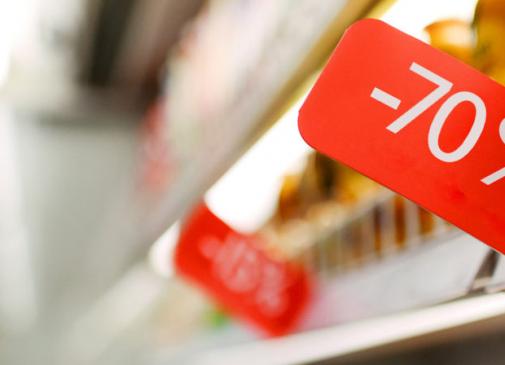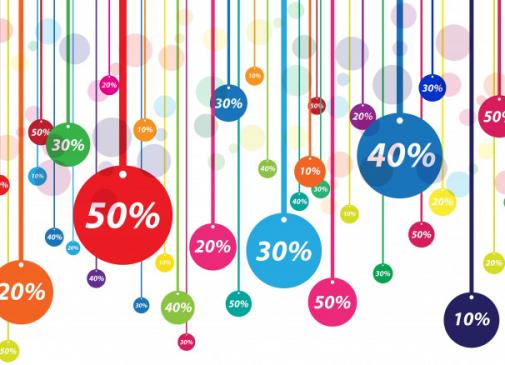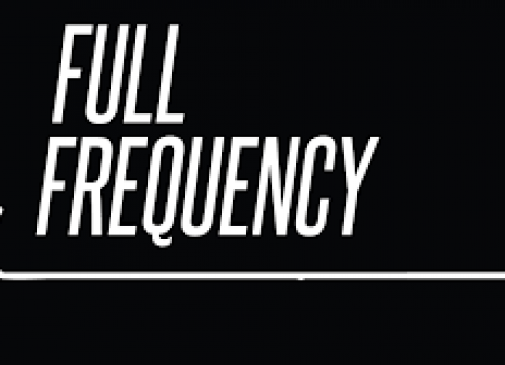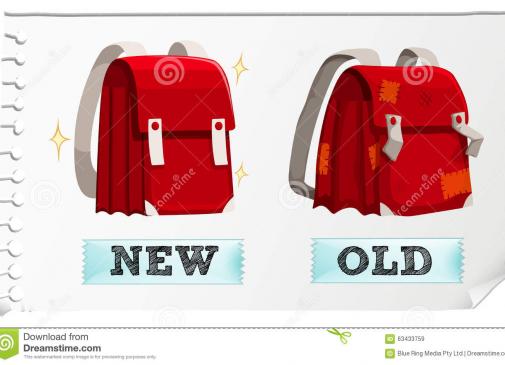Last week we posted the first part of our glossary for retail industry. This week decided to add some terms that more related to the finance of the company. Who pays for delivery? What is the discount and payment date? Here you have it all:
Last week we posted the first part of our glossary for retail industry. This week decided to add some terms that more related to the finance of the company. Who pays for delivery? What is the discount and payment date? Here you have it all:
- 2/10 Net 30: 2% is the discount rate if payment is made within ten days. Otherwise, payment is due in 30 days.
- 3/10 ROG: 3% discount is allowed within 10 days of receipt of goods.
- 8/10 EOM: 8% discount is allowed if the invoice is paid within 10 days from the end of the month.
- Average margin: The difference between what you pay for all the goods you sell during a specific period, and what you buy them for, calculated as a percentage of the selling price of the goods.
- Average markup: The difference between what you pay for all the goods you sell during a specific period, and what you buy them for, calculated as a percentage of the cost of the goods.
- Balanced tenancy: The mix of stores in a planned shopping center chosen to meet the full range of consumers’ shopping needs.
- Billed cost: Manufacturer’s price for goods.
- Cash on delivery (COD): Goods that are delivered to the store only upon immediate payment for them to the deliverer.
- Charge back: Deductions on an invoice taken by the retailer for shortages, damages, freight allowances, etc.
- Comp store: Comparison of this year’s business to last year’s in stores that have been open at least one year.
- Consignment merchandise: Merchandise that is placed in a store but remains the property of the supplier and is paid for by the retailer only when it is sold. Consignment merchandise usually may be returned to the supplier whenever the retailer wishes.
- CNU consumer need unit
- Cooperative Advertising: Retail advertising for which the supplier pays the retailer’s cost.
- CAC - Customer Acquisition Cost - The customer acquisition cost is calculated by dividing total acquisition costs by total new customers over a set period of time.
- End of month (EOM) inventory: The inventory in the store at the end of the month.
- FOB factory: Retailer pays all shipping and other charges for transportation, insurance, etc., from the seller’s factory onwards.
- FOB warehouse: Seller pays all shipping and other charges for transportation, insurance, etc., to the buyer’s warehouse.
- Freight on board (FOB): The point where the shipping costs become the responsibility of the retailer rather than the vendor. Title of the merchandise passes from the seller to the buyer at the FOB point.
- Freight out: Freight costs for merchandise sent out.
- Guaranteed sale: The vendor’s promise to take back unsold merchandise and issue a refund or credit.
- KPI - Key Performance Indicator - A set of quantifiable measures that a company or industry uses to gauge or compare performance in terms of meeting their strategic and operational goals
- LTV - Lifetime Value. Usually means how much money a customer will spend over his or her lifetime with a company.
- Loss leader: Product intentionally sold at a loss to attract customers.
- Maintained markup: The average markup of an item sustained over a period of time, usually six months or longer.
- Markdown: The difference between the original retail price and the reduced price.
- Net 30: Credit terms extended by a supplier where the retailer pays the full amount of the purchase within 30 days of shipment.
- NPS - Net Promoter Score. A metric derived by asking customers, "How likely would you be to recommend X to a friend or colleague?" NPS can be used to describe an individual customer, a population of customers, or an average of all of a company's customers.
- ROI - Return On Investment
- Slotting fee: The price retail chains demand to stock an item they do not carry. The amount of the slotting fee may vary with the space, display, and promotional support to be allotted to the new item.
- Stock keeping unit (SKU): An individual item of merchandise. Each item is recorded in the retailer’s books by manufacturer, style, number, size, color, and unit price.
- Traffic department: These vendor departments optimize cost of freight and keep track of shipments to their customers.
- Turnover: Number of times the average investment in merchandise is bought and sold during a given time.
If you would like to add something or think that something important is missing, get in contact with us.










